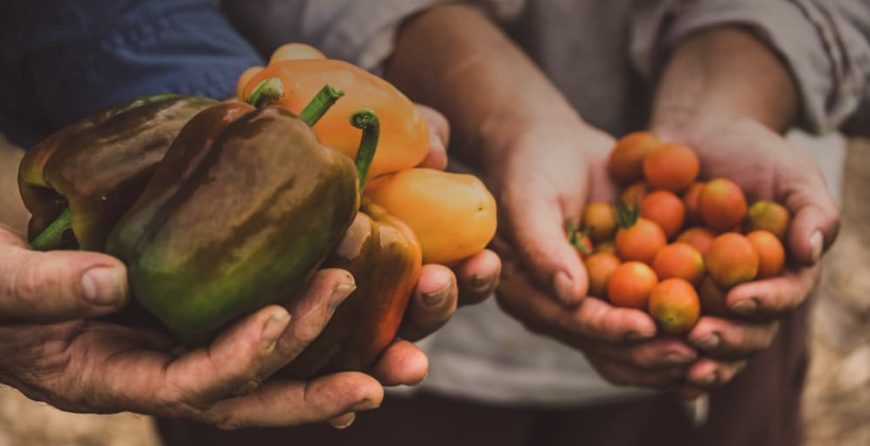 There several great ways to enhance your harvesting experience and timeframe. Below are some tips we’ve gathered that will help you get the most from your organic garden.
There several great ways to enhance your harvesting experience and timeframe. Below are some tips we’ve gathered that will help you get the most from your organic garden.
1. Make your growing season longer
You can create a warmer climate that will last longer into the year. Create sheltered, sun-facing walls so your plants will stay warm and illuminated. Tender crops such as tomatoes and peppers will thrive longer when you do this. You can also use row covers, cold frames, and tunnels to create additional warmth and shelter for your garden.
2. Plant winter-friendly vegetables
You don’t have to give up fresh vegetables just because it’s winter. Plant salad leaves like winter lettuce, kale, spinach, carrots, leeks, and parsnips, as well as other leafy greens that like the colder months. Take the time to place plants so they have enough space around them. Do what you can to encourage good air circulation. Try to maximize the amount of sunlight that reaches each plant. Don’t be afraid to use a greenhouse or cold frame to protect your crops during the winter months.
3. Manage the “hungry gap” carefully
The time between finalizing this year’s crops and starting this year’s is commonly known as the “hungry gap.” Try to avoid this empty space as much as you can. For instance, try planting cabbage, broccoli, and late-season leeks in the summertime. This will help them stand in the winter months. You can also start some perennial crops that harvest in the spring such as rhubarb and asparagus.
4. Start early
Whether you have a cold frame, hoop house, greenhouse, or windowsill, you can get started even earlier if you use grow lights. Consider sowing peas and onions in plug trays from late winter so they can be easily transplanted into beds for the spring. When working with other plants, get the soil warm by creating or laying down tunnels, cloches, or row covers. This will help you bump your sowing date up by 2-3 weeks.
5. Use proper timing
If your plants are really thriving, it can be tempting to place harvests close together. Try to time your harvests so they’re minimal but frequent during the spring and summer. Then, select a combination of early, mid, and late-season varieties so the harvests can be spread out as much as possible.
6. Follow the succession planting technique
For autumn and winter harvests, plant crops in succession starting in the midsummer. Select plants that are ideal for storage such as quick-growing bush beans and maincrop carrots. Dedicate a space in your nursery, greenhouse, or cold frame where you can raise your succession crops from seedlings. A lot of organic gardeners have luck using pots in a sunny, sheltered spot. Doing so will allow your plants to be ready as soon as the space in your garden opens up. And, of course, following this practice means you won’t waste a minute of the growing season.


